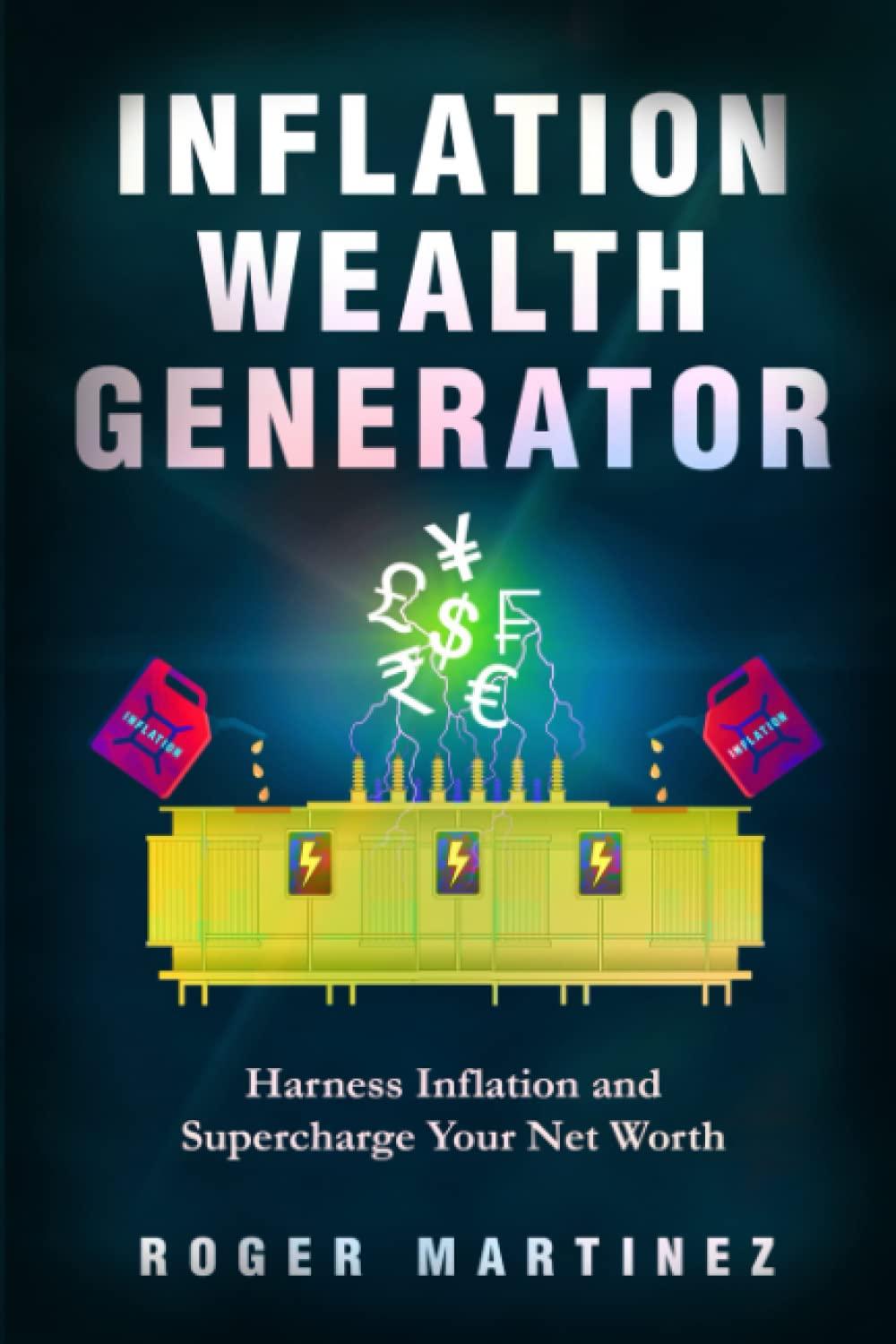Answered step by step
Verified Expert Solution
Question
1 Approved Answer
The drop-down options for the first two lines are the same, they are Risk-neutral and actual. From the third line, the first box's option is
 The drop-down options for the first two lines are the same, they are "Risk-neutral" and "actual". From the third line, the first box's option is : "risk-free" and "risk-neutral". Second box options are "higher" and "lower". For the third box options are also "higher" and "lower"
The drop-down options for the first two lines are the same, they are "Risk-neutral" and "actual". From the third line, the first box's option is : "risk-free" and "risk-neutral". Second box options are "higher" and "lower". For the third box options are also "higher" and "lower"
Step by Step Solution
There are 3 Steps involved in it
Step: 1

Get Instant Access to Expert-Tailored Solutions
See step-by-step solutions with expert insights and AI powered tools for academic success
Step: 2

Step: 3

Ace Your Homework with AI
Get the answers you need in no time with our AI-driven, step-by-step assistance
Get Started


